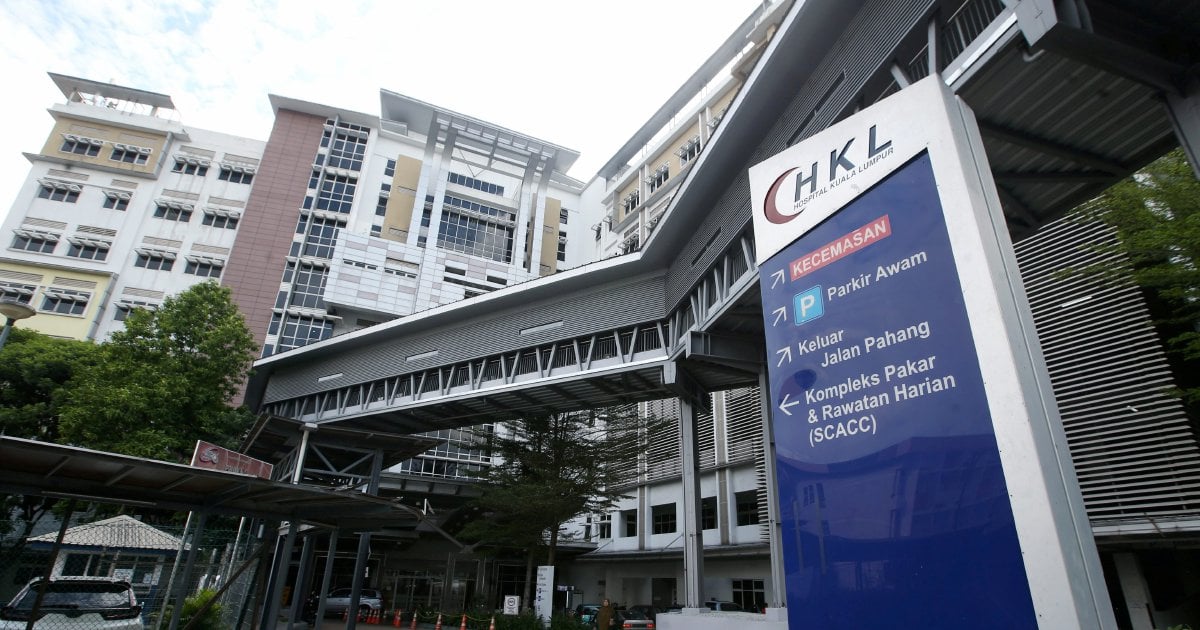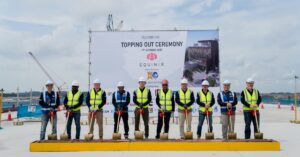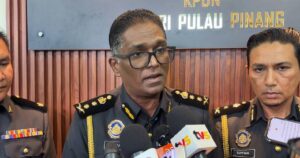KUALA LUMPUR: Kuala Lumpur Hospital (HKL) is no longer only serving low-income patients as more wealthy individuals seek treatment at the facility.
HKL director Datuk Dr Harikrishna K.R. Nair said the growing number of T20 and VIP patients reflect their confidence in the hospital’s quality of care and medical expertise.
But the rising number of affluent patients would not affect low-income groups, who remain a priority for treatment, he said.
“No matter the status of the patient, whether they are a Datuk Seri or Tan Sri, they receive no special privileges. Treatment is provided equally to all.
“At HKL, it’s not just the B40 group, even M40 patients come here because of our expertise.
“We have more than 400 specialists and advanced technologies, including robotics and laser treatment.
“We can’t turn patients away based on their income nor do we ask about their income category.
“The treatment is the same. If you come for treatment, even if you’re a Tan Sri or Datuk Seri, you still have to wait your turn if other patients are ahead of you.
“We don’t let people jump the queue. That’s humanity,” he said during a recent visit to Balai Berita for an interview with Berita Harian.
Currently, HKL has 417 medical specialists, 896 medical officers, 446 assistant medical officers and 3,817 nurses.
The country’s largest hospital under the Health Ministry receives up to two million patients annually and has 2,300 beds across 100 wards.
Dr Harikrishna said many of HKL’s wealthy and VIP patients were transferred from private medical centres when they reached their insurance coverage limit.
He said this trend was a trend in the past decade, driven largely by rising medical costs.
“Some patients are referred to us because private medical centres lack certain expertise.
“This is a reality. First, their insurance coverage runs out. Second, treatment costs are simply too high, so they move to HKL.
“This is neither unethical nor against the rules. As a government hospital and out of humanitarian considerations, we treat every patient.”
He said HKL had no issue accommodating wealthier patients as it had first-, second- and third-class wards.
“For the T20, if they want to pay and there’s availability, we will place them in first-class wards. There’s no problem with that.”
He said M40 and T20 patients mostly sought oncology care as HKL had the expertise and a radiology and oncology facility.
“We use cutting-edge robotic technology in our Urology Department, with five consultants. Only two hospitals in Malaysia have this technology, HKL and one in Johor.”
He said Malaysia’s public healthcare services were among the best in the world as patients could get up two months of medication worth RM2,000 for RM1.
Patients only need to pay RM5 to consult a specialist, compared with hundreds of ringgit at private healthcare facilities, he said.
“If we look at other countries, none offer healthcare services at RM1, not even in Southeast Asia.
“For RM1, patients can get medication worth between RM500 and RM2,000, with the same quality as what is offered at private facilities.
“Some medicines we provide are better, whether generic or original. While patients may wait longer, they leave with high-quality medication.”
Dr Harikrishna said there was no issue of medicine wastage at HKL as patients were given medication for up to two months.
He said this was important for patients with chronic illnesses such as diabetes, hypertension and high cholesterol.
“We provide a longer supply because some patients need to take five to 10 pills daily.
“This makes it easier for them so they do not have to keep coming back to the hospital.”
On specialist services, Dr Harikrishna said the cost of consultations could reach thousands of ringgit, but HKL did not charge consultation fees.
“We also do not charge for operating theatre usage.”
He said HKL’s Specialist Complex and Ambulatory Care Centre saw about 2,000 patients daily.
The hospital has set a target to have patients see a doctor within 90 minutes of arrival.
“Some patients say they waited longer than that because they needed multiple services and each has its own waiting time.”
© New Straits Times Press (M) Bhd






